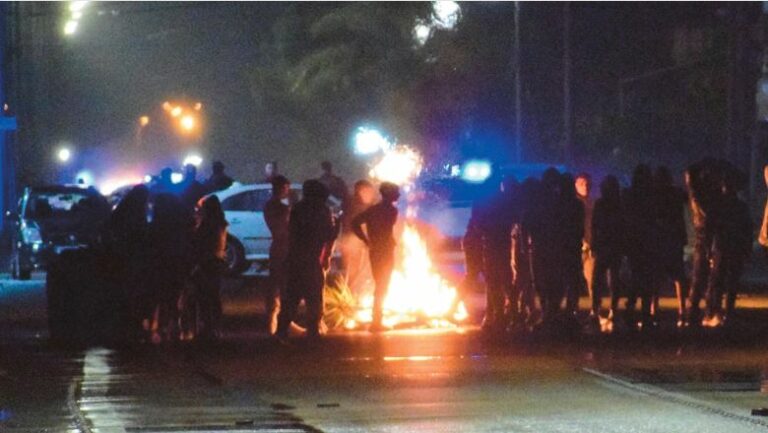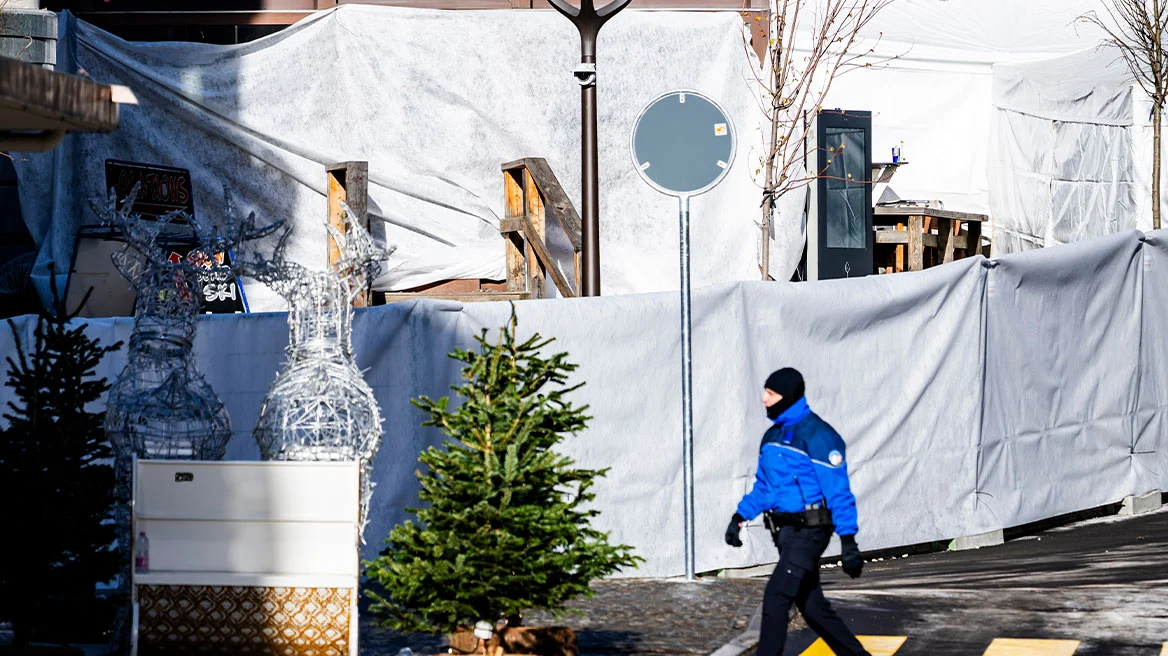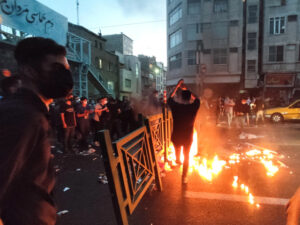According to confidential reports by the Greek police, almost 50% of the crime in Attica originates in the Roma settlements that are under the full control of mafia groups vying for the dominance of the areas.
On the outskirts of Attica proper, in the areas of Nea Zoi, Psari, Skarpa in Aspropyrgos, Zefyri, whole blocks in Menidi and Liosia, only 15 kilometres from the heart of Athens, lawlessness rules. They are the “independent democracies” of Attica, which in recent decades have become ‘no-go zones’ for the police and a haven for drug, arms, and cigarette smugglers.
Although most of the inhabitants of the Roma settlements do not participate in illegal activities and try to live their lives according to law, they are fearful for their lives if they decide to open their mouths. A code of silence “Omerta” is the common reaction to illicit actions.
The bloody incident at Perama last week, which led to the death by police of a young Roma who had stolen a car, is indicative of the situation that prevails. The vast majority of Greek Roma may be fighting for survival and abstaining from illicit actions, but mob families control the area, recruiting impoverished youth. Children and young people fall into petty crime and engage in theft, robbery and drug trafficking, as the report outlines.
As the report reveals, in the last 100 days, 17 Hyundai Accent 1,300 cc were stolen from the wider area of Renti – similar to the car that was used by the Roma victim in the bloody police pursuit- used for theft, robbery, and raids by gangs in the western suburbs and were later found burned at the Schistos area.
Kalashnikovs and carbines are the norms for the gang members trying to enforce their rules and expand their turf influence. Misunderstandings and incidents with guns and drugs in the background are almost a daily occurrence, while the role of some police officers is strange and obscure.
The leadership of the Ministry of Civil Protection plans to break the vicious circle of lawlessness by launching operations to liberate at least five Roma camps from mafia families who enforce the unwritten law of omerta and have turned them into strongholds of illegality.
According to a confidential report of the Hellenic Police, the dangerous no-go zones start from the Aspropyrgos camp, which is used as a base by many predatory groups. In the settlement of Nea Zoi Aspropyrgos, law enforcement officers are “forbidden” from entering and operating, while the gangs specialize in burglaries, thefts, robberies, hijacking of cars, and even extortion. Apart from Greek Roma, many of their Balkan Roma are also hiding there and involved in most of the crime.
Their number, according to police estimates, exceeds 2,000, although no one can know exactly, since every time they are arrested they change their identity.
The second control zone is Zefyri. In this ghetto of West Attica, the trafficking of drugs and weapons is flourishing, while in the reports of the police, even children who are used by the gangs for the trafficking of drugs have been recorded.
There are two communities in the area: the ‘northerners’ and the ‘southerners’. In the north, beastly 4×4 vehicles roam the muddy streets, while the sale of cocaine and hashish is one of the prevalent illicit activities. Kalashnikovs and silence is the modus operandi as crime pervades the air and it is difficult to find a single person who is not carrying a piece.
In Menidi there are parts of the settlement where the gangs are in complete control and specialise in drug trafficking, cigarette, weapons, money laundering, theft, burglary, and even house raids. In Ano Liossia and Ilion, gangs of Greeks and foreign Roma terrorise residents and impose their unwritten laws, ignoring the Police.
Ask me anything
Explore related questions





